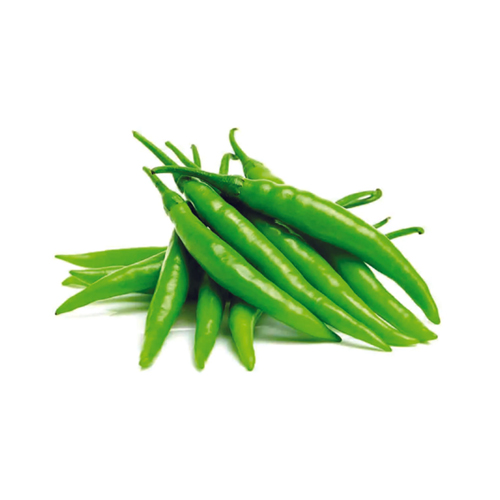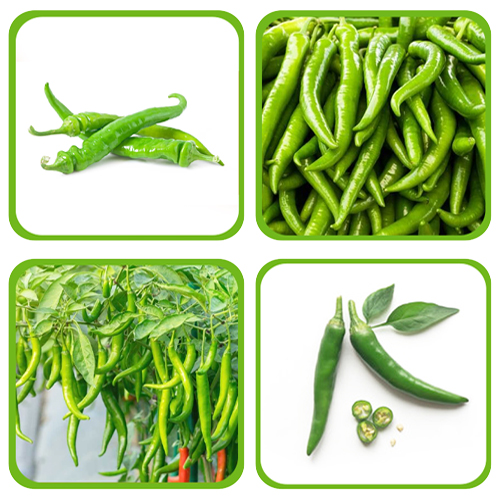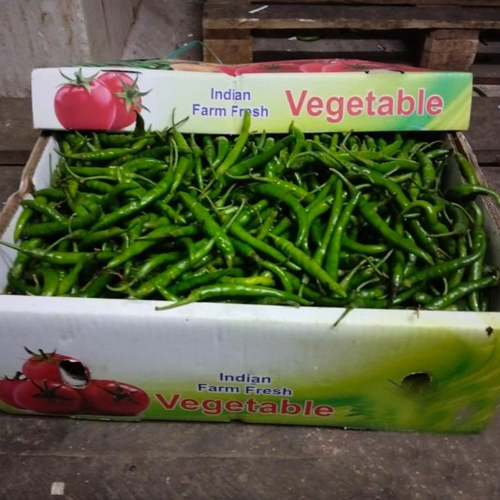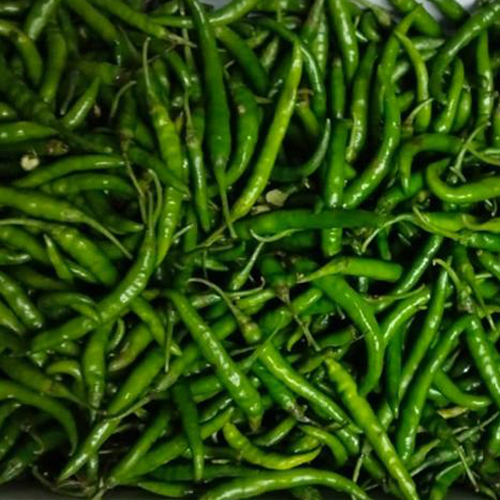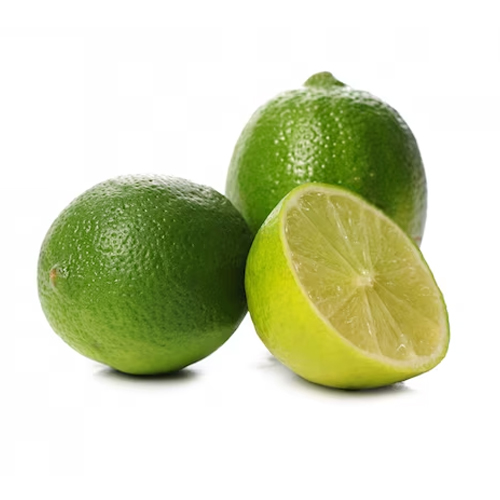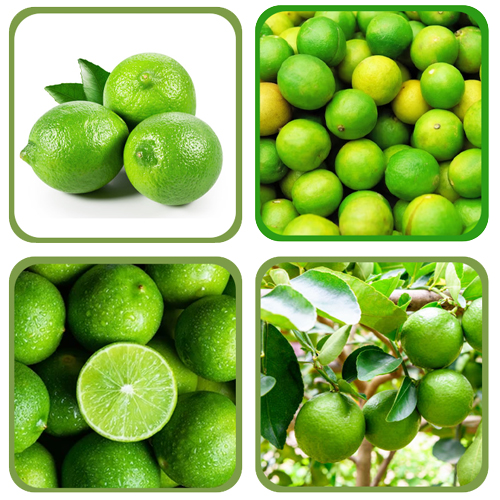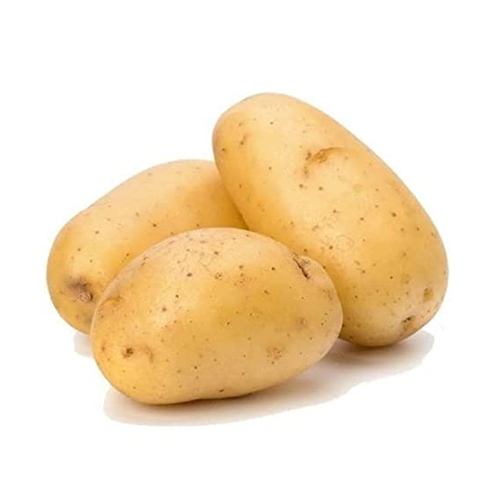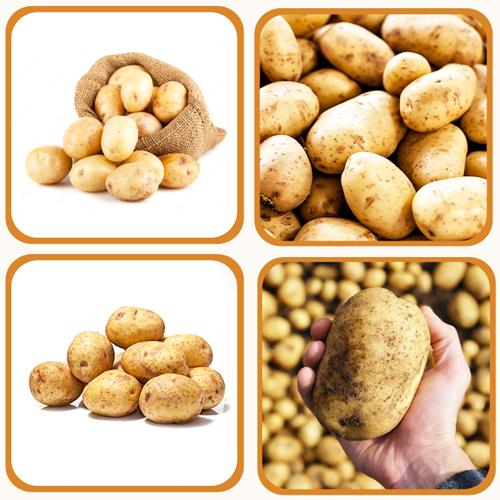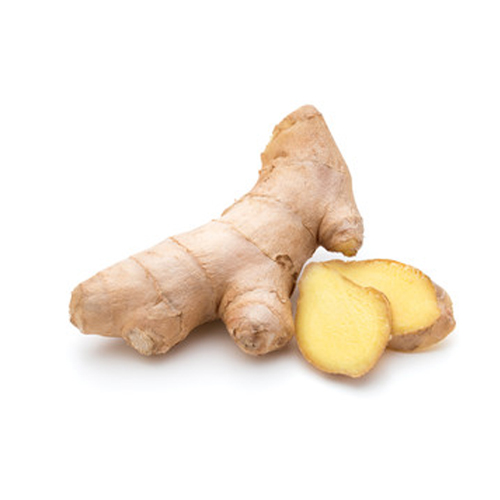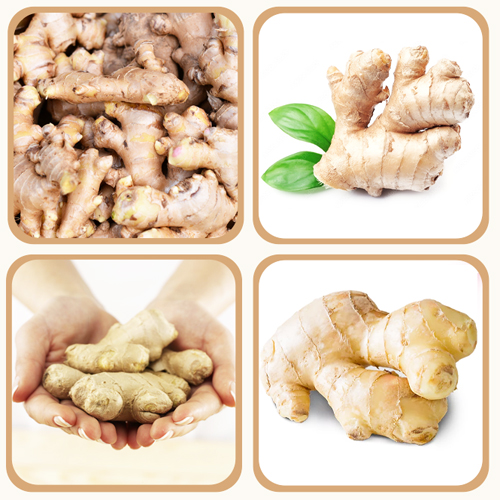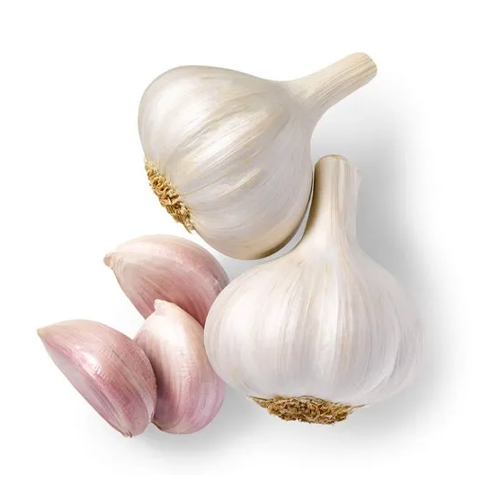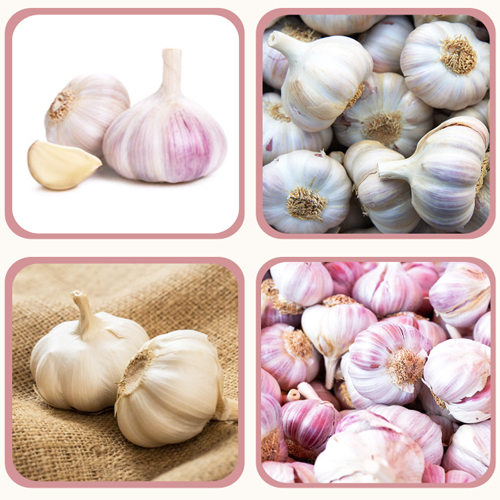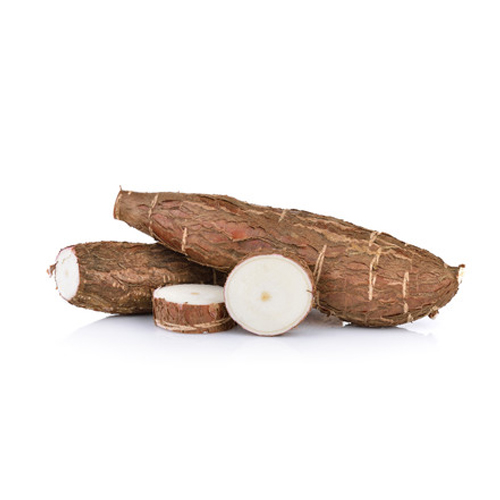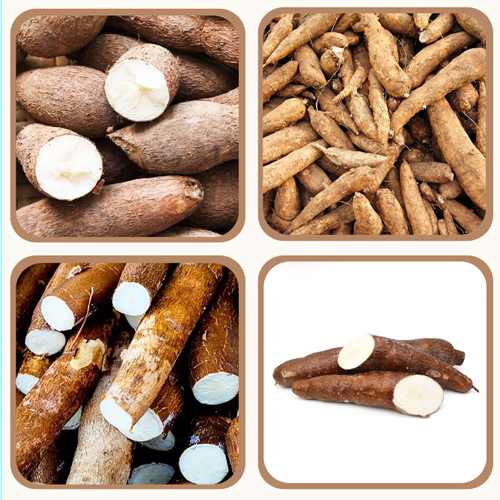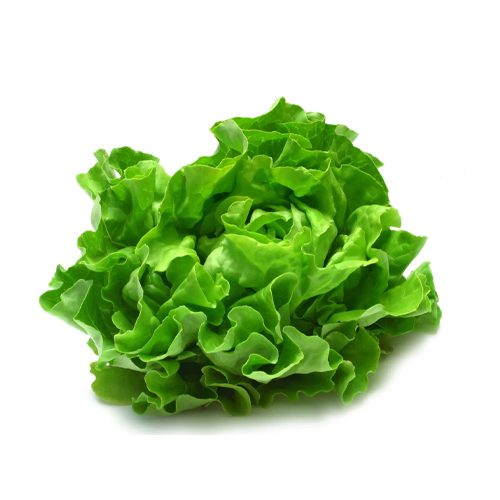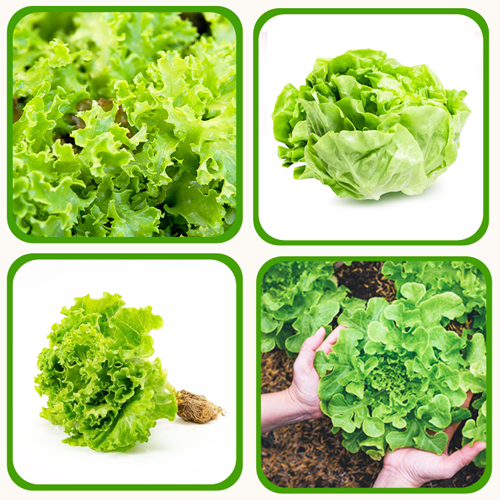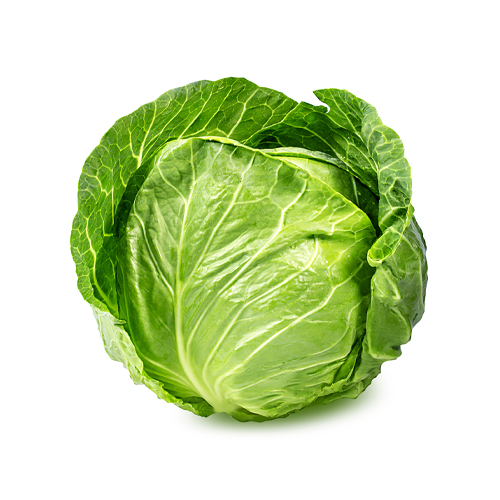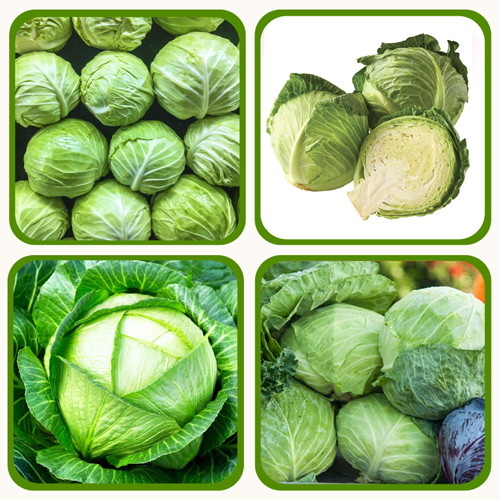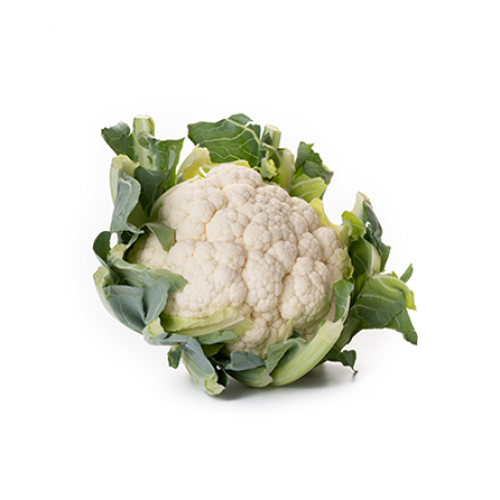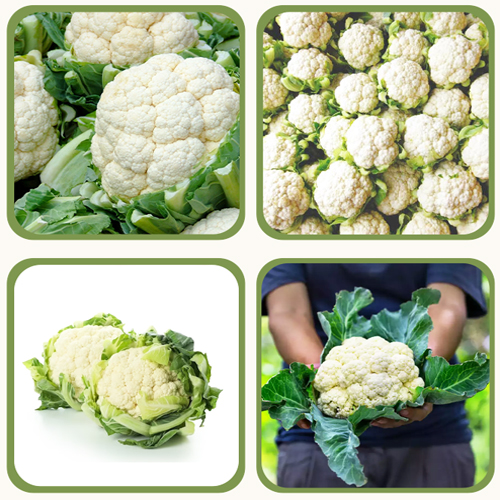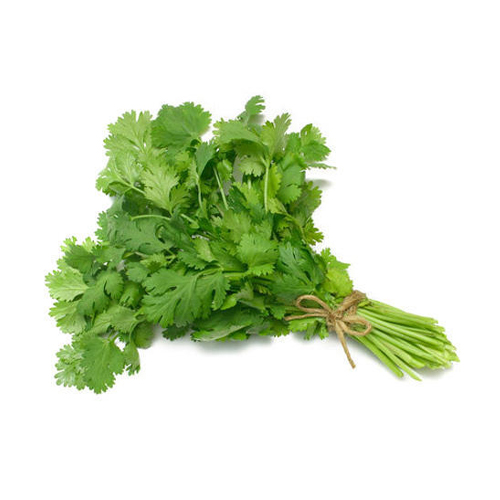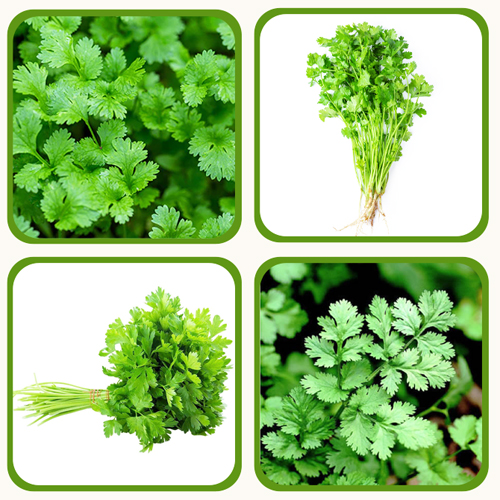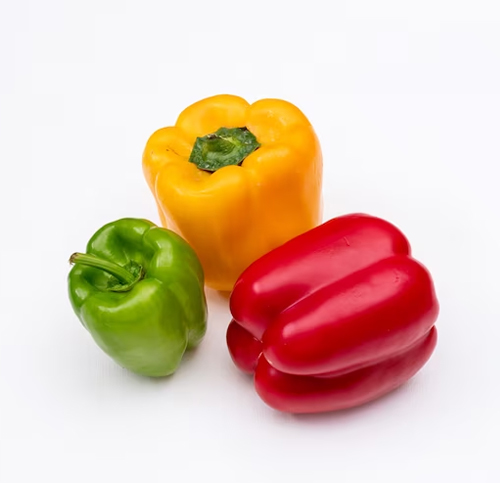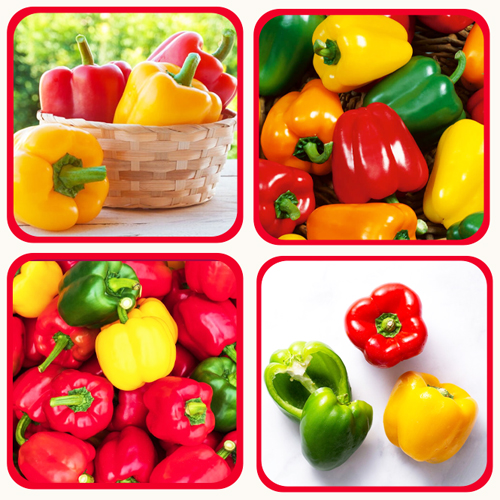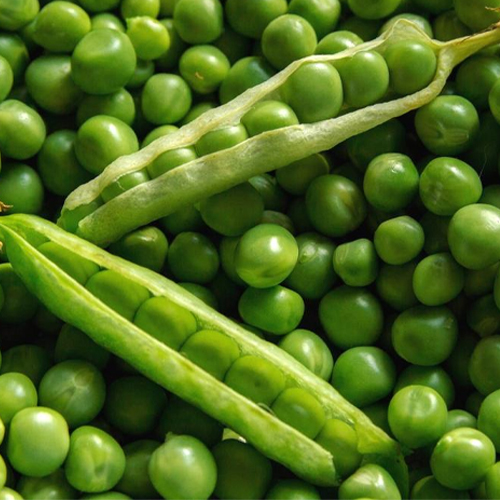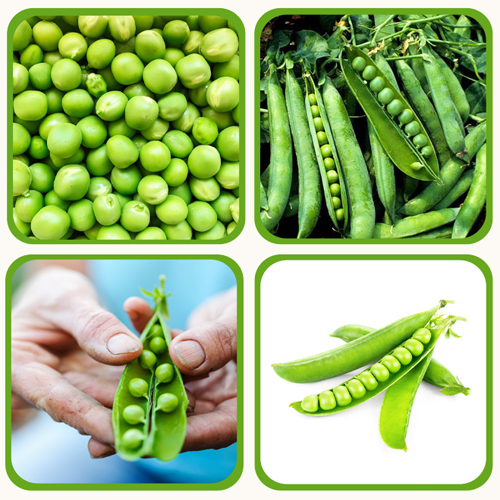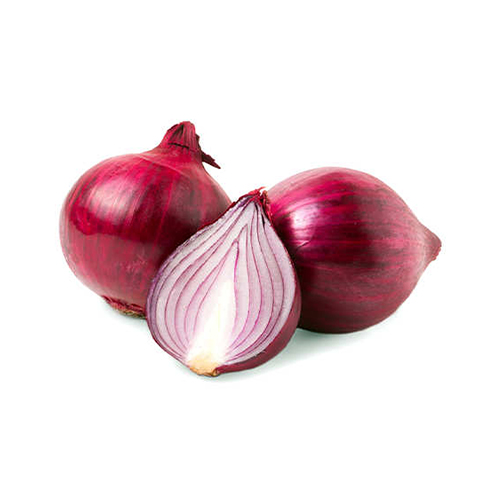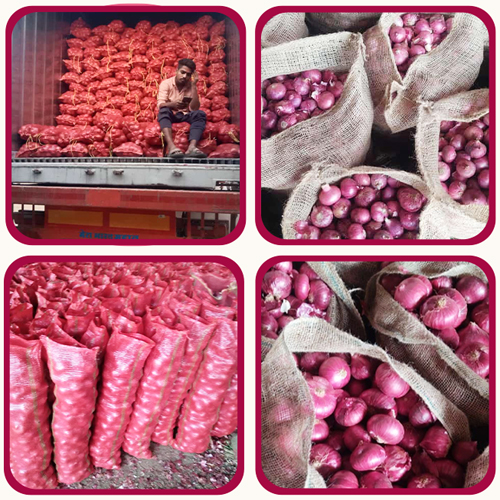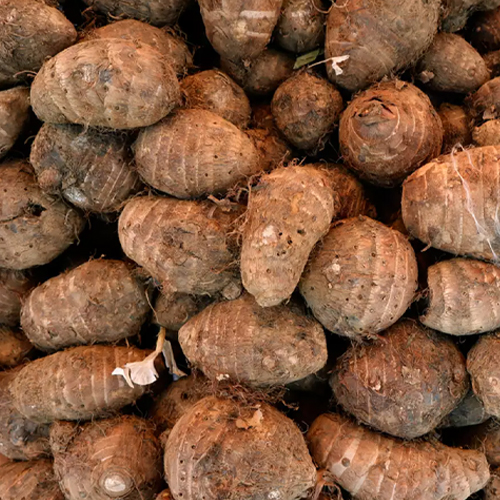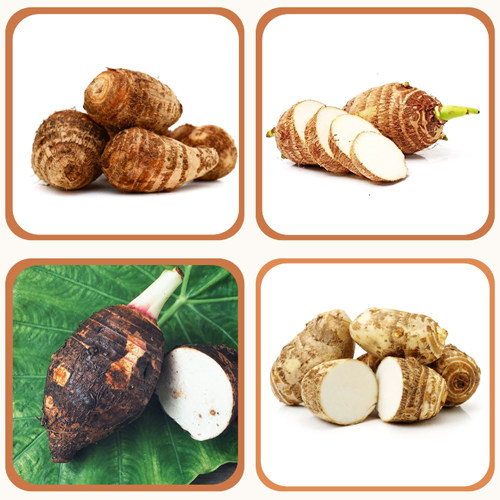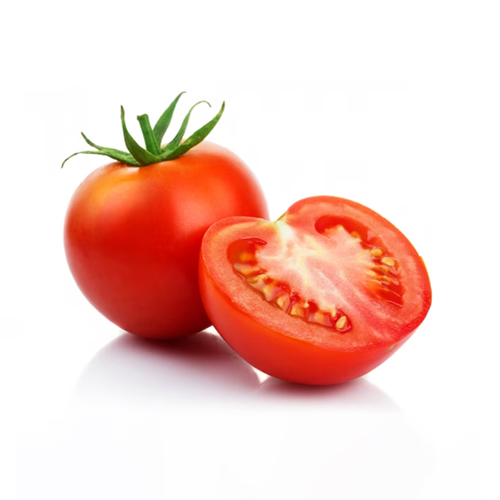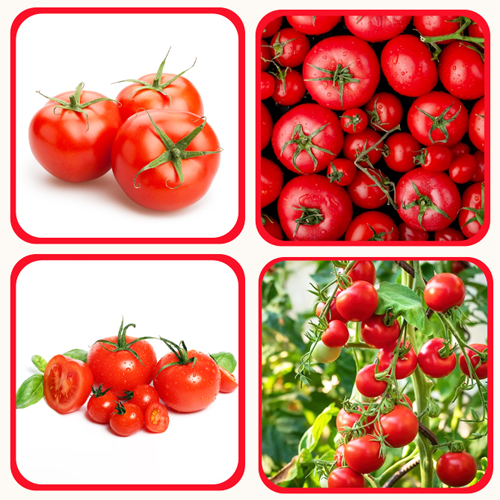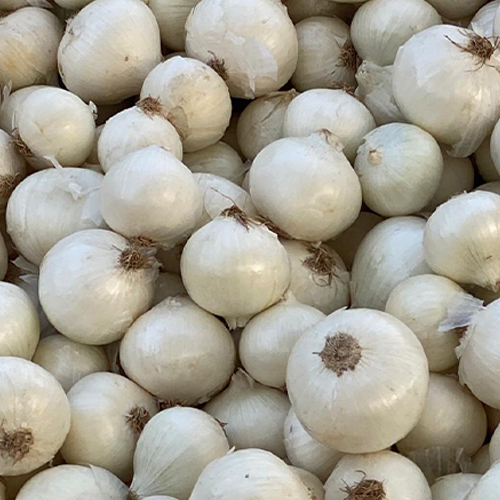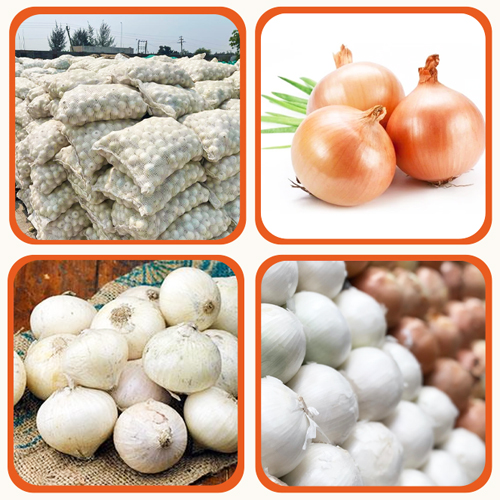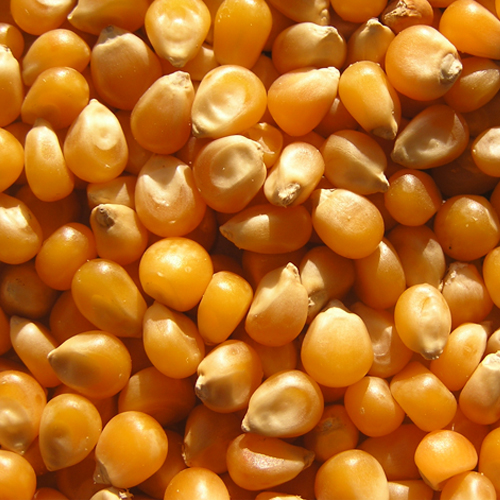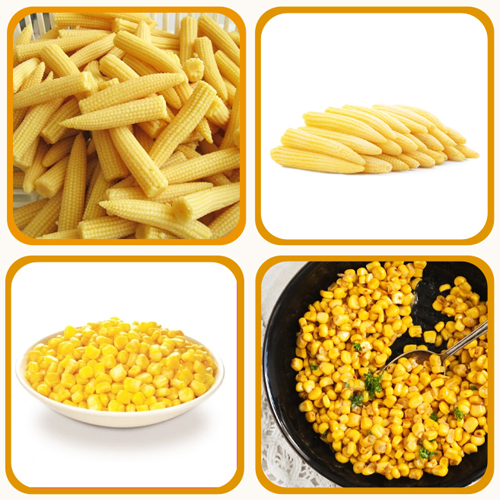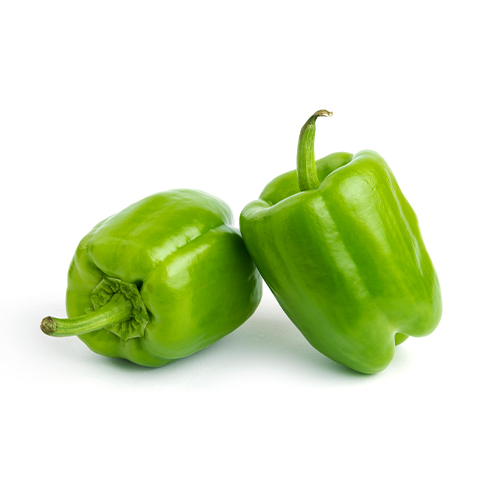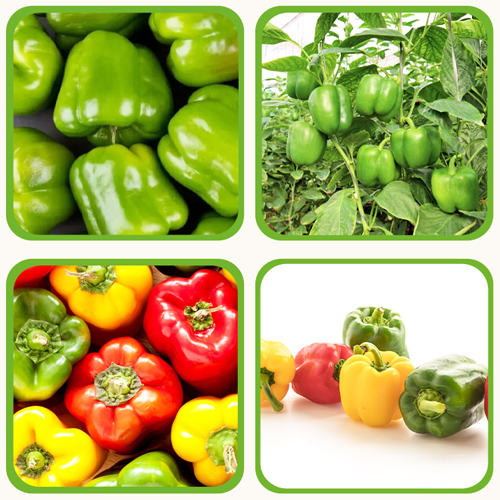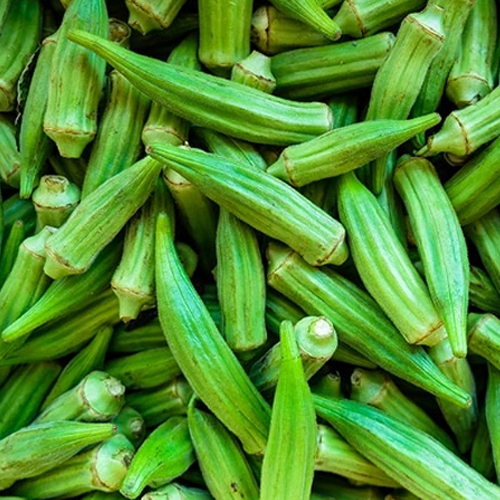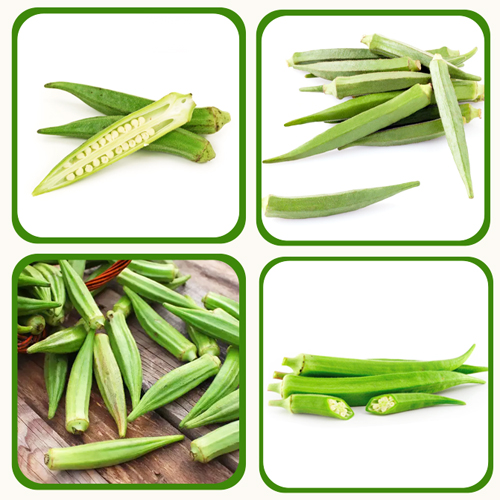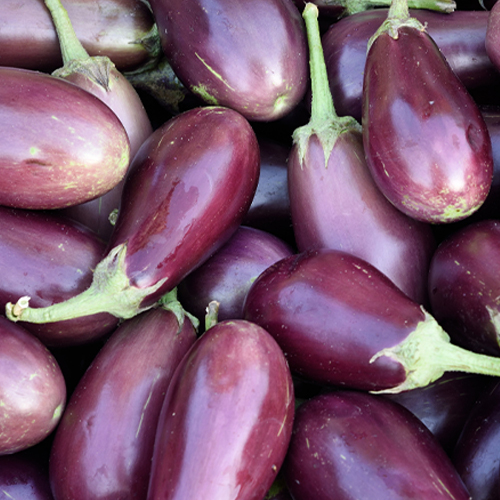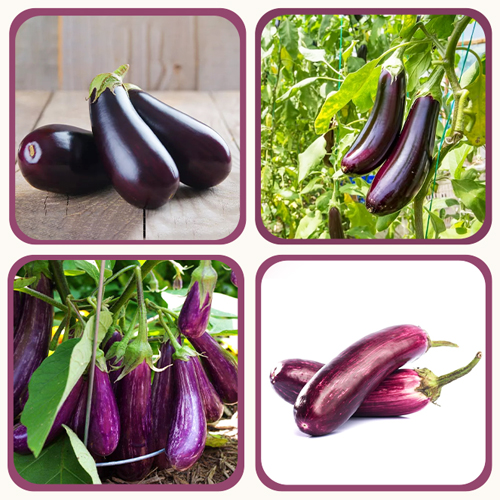GREEN CHILI
Green chillies are scientifically known as Capsicum frutescens. The spiciness of green chillies comes from a chemical called capsaicin. Apart from providing a hot and spicy taste, capsaicin is responsible for numerous other health effects on the heart, stomach, and pain relief.
Size as Per Export Standards:
GREEN LEMON
Melon, (Cucumis melo), trailing vine in the gourd family (Cucurbitaceae), grown for its often musky-scented edible fruit. The melon plant is native to central Asia, and its many cultivated varieties are widely grown in warm regions around the world.
Size as Per Export Standards:
POTATO
The potato is one of some 150 tuber-bearing species of the genus Solanum (a tuber is the swollen end of an underground stem). The compound leaves are spirally arranged; each leaf is 20–30 cm (about 8–12 inches) long and consists of a terminal leaflet and two to four pairs of leaflets.
Size as Per Export Standards:
GINGER
Plum, any of various trees or shrubs in the genus Prunus (family Rosaceae) and their edible fruits. Plums are closely related to peaches and cherries and are widely eaten fresh as a dessert fruit, cooked as compote or jam, or baked in a variety of pastries
Size as Per Export Standards:
GARLIC
Garlic plants grow about 60 cm (2 feet) tall. Depending on the variety, the long leaves typically arise from a short hard stem above the bulb or emerge from a softer pseudostem made up of overlapping leaf sheaths. The bulb is covered with membranous skin and encloses up to 20 edible bulblets called cloves.
Size as Per Export Standards:
Size : 35mm to 45m / m45mm++
TAPIOCA
Tapioca is a starch extracted from cassava root. It consists of almost pure carbs and contains very little protein, fiber, or other nutrients. Tapioca has recently become popular as a gluten-free alternative to wheat and other grains.
Size as Per Export Standards:
LETTUCE
Lettuce is an annual plant of the family Asteraceae. It is most often grown as a leaf vegetable, but sometimes for its stem and seeds. Lettuce is most often used for salads, although it is also seen in other kinds of food, such as soups, sandwiches and wraps; it can also be grilled.
Size as Per Export Standards:
CABBAGE
Cabbage, comprising several cultivars of Brassica oleracea, is a leafy green, red, or white biennial plant grown as an annual vegetable crop for its dense-leaved heads.
Size as Per Export Standards:
CAUIFLOWER
Cauliflower is a member of the cruciferous vegetable family along with Brussels sprouts, cabbage, broccoli, collard greens, kale, kohlrabi, rutabaga, turnips and bok choy. These vegetables all contain a compound that produces a strong, distinct odor that some find unappealing.
Size as Per Export Standards:
GREEN CORAINDIER
Coriander, also known as cilantro or Chinese parsley, is a widely used spice native to the Mediterranean. Coriander plants are entirely edible, but their leaves and their seeds are most commonly used as herbs and spices.
Size as Per Export Standards:
BELL PEPPER
Bell peppers (Capsicum annuum) are fruits that belong to the nightshade family. They are low in calories and rich in vitamin C and other antioxidants, making them an excellent addition to a healthy diet.
Size as Per Export Standards:
PEAS (FROZEN)
The pea is most commonly the small spherical seed or the seed-pod of the flowering plant species Pisum sativum. Each pod contains several peas, which can be green or yellow. Botanically, pea pods are fruit,[2] since they contain seeds and develop from the ovary of a (pea) flower. The name is also used to describe other edible seeds from the Fabaceae such as the pigeon pea (Cajanus cajan), the cowpea (Vigna unguiculata), and the seeds from several species of Lathyrus.
Size as Per Export Standards:
ONION
Red onions (also known as purple or blue onions in some mainland European countries, though not the UK) are cultivars of the onion (Allium cepa), and have purplish-red skin and white flesh tinged with red. They are most commonly used in cooking, but the skin has also been used as a dye.
Size as Per Export Standards:
- Dubai Quality 55mm, 65mm++ (Fresh, Double Skin, No Black Skin)
- Qatar/Oman Quality 55mm++ (Fresh, Double Skin, No Black Skin)
- Malaysian Quality 55mm, 65mm ++ (Fresh, Double Skin, No Black Skin)
- Bangladesh Quality 45mm++ (Fresh, Double Skin, No Black Skin)
ARBI
Arbi belongs to the family Araceae — the same family as money plant and anthurium. Its large heart-shaped leaves also make it a favorite ornamental garden plant. While the corms are consumed more commonly, the leaf stalks are used in West Bengal and Kerala as vegetable.
Size as Per Export Standards:
TOMATO
Tomato, (Solanum lycopersicum), flowering plant of the nightshade family (Solanaceae), cultivated extensively for its edible fruits. Labelled as a vegetable for nutritional purposes, tomatoes are a good source of vitamin C and the phytochemical lycopene.
Size as Per Export Standards:
WHITE / YELLOW ONION
White onion or Allium cepa are a cultivar of dry onion which have a distinct light and mild flavour profile. Much like red onions, they have a high sugar and low sulphur content, and thus have a relatively short shelf life.
Size as Per Export Standards:
FROZEN & DRIED CORN (MAIZE)
Corn is a tall annual cereal grass (Zea mays) that is widely grown for its large elongated ears of starchy seeds. The seeds, which are also known as corn, are used as food for humans and livestock and as a source of biofuel and can be processed into a wide range of useful chemicals.
Size as Per Export Standards:
CAPSICUM
Arbi belongs to the family Araceae — the same family as money plant and anthurium. Its large heart-shaped leaves also make it a favorite ornamental garden plant. While the corms are consumed more commonly, the leaf stalks are used in West Bengal and Kerala as vegetable.
Size as Per Export Standards:
OKRA
Okra—also known as lady’s-fingers, gumbo, or bhindi—is the most important vegetable crop of the tropical and subtropical regions of the world. It belongs to the genus Abelmoschus and family Malvaceae. Okra is a multipurpose crop valued for its tender and delicious pods.
Size as Per Export Standards:
EGGPLANT/AUBERGINE
Eggplant, (Solanum melongena), also called aubergine or Guinea squash, tender perennial plant of the nightshade family (Solanaceae), grown for its edible fruits. Eggplant requires a warm climate and has been cultivated in its native Southeast Asia since remote antiquity.
Size as Per Export Standards:

